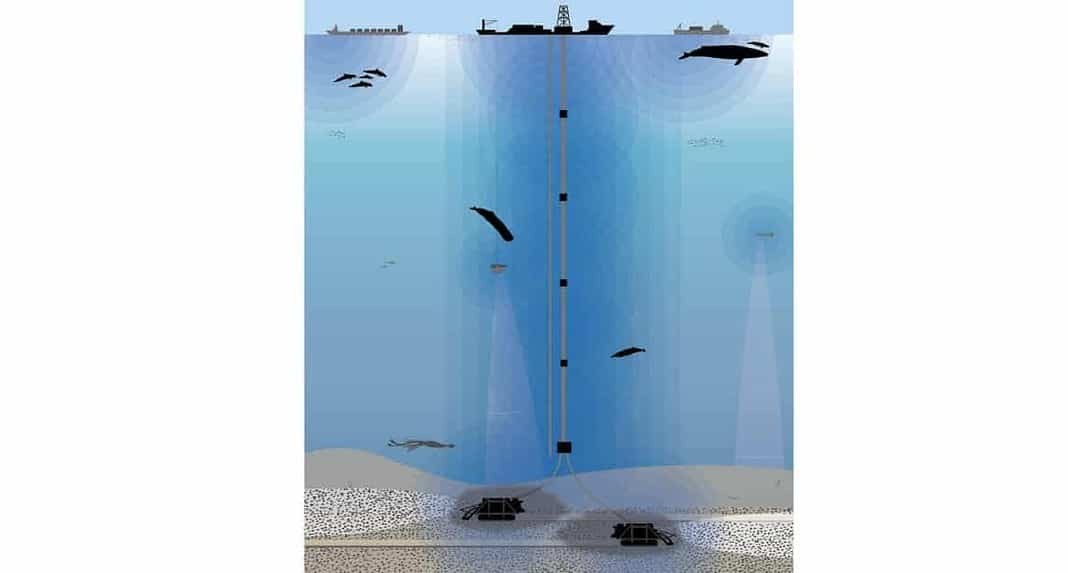A new study has found that noise pollution from undersea mining activities can travel for hundreds of miles.
The study was conducted by researchers from the University of Hawaii at Manoa, the Oceans Initiative, the National Institute of Advanced Industrial Science and Technology (AIST) in Japan and Curtin University in Australia.
The research, funded by the Pew Charitable Trusts, found that the noise from a single mine in good weather conditions can travel roughly 311 miles or 500 kilometers. The team thinks the effects can be cumulative in areas with multiple mines, allowing for a much greater dissipation radius.
The research was conducted in response to the prospect of mining operations being authorized in the Clarion-Clipperton Zone (CCZ) which lies between Hawaii and Mexico. Commenting on the research and the proposed mining, Craig Smith, professor emeritus of oceanography at the UH Manoa School of Ocean and Earth Science and Technology (SOEST), stated:
“Our modeling suggests that mining noise could impact areas far beyond the actual mining sites, including preservation reference zones, which are required under draft mining regulations to be unaffected by mining…could require rethinking of environmental regulations, including the number of mining operations allowed within the CCZ.”
While Curtin University Professor Christine Erbe stated:
“Estimating the noise of future equipment and installations is a challenge, but we don’t have to wait until the first mines are operational to discover the noise they make. By identifying the level of noise in the engineering design phase, we can better prepare for how this might impact marine life.”
And Travis Washburn, deep-sea ecologist at the AIST added:
“The deep sea houses potentially millions of species that have yet to be identified, and processes there allow life on Earth to exist…While much work is still needed to determine the extent and magnitude of environmental impacts from deep-sea mining, with careful study and management we have a unique opportunity to understand and mitigate human impacts to the environment before they occur.”

